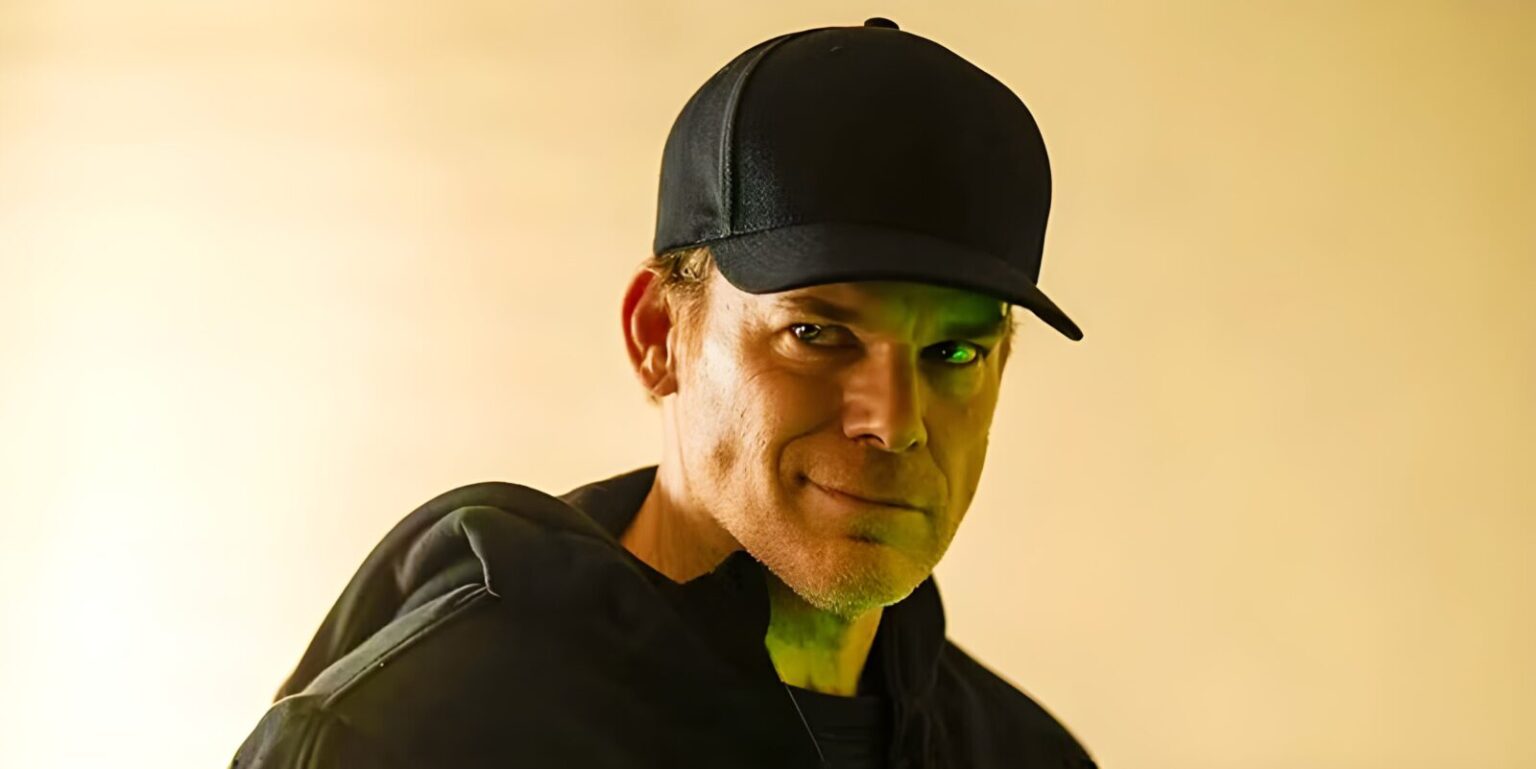Dexter: Resurrection has been playing one of its smartest tricks yet. While we’ve watched Dexter Morgan juggle fatherhood, new emotions, and a creepy dinner club hosted by Leon Prater, the show has been quietly dangling a bigger mystery just out of reach: the identity of the New York Ripper.
For longtime fans, this is a fascinating departure from the classic formula. Traditionally, each season gave Dexter one clear “big bad” to stalk, study, and eventually mount on his metaphorical trophy wall. This time, things feel different. Harrison is carrying the weight of his own violent choices, Batista is circling ever closer to unmasking the Bay Harbor Butcher, and Prater is treating serial killers like a collector treats baseball cards. Through all of that chaos, though, the Ripper has been lurking—an unsolved riddle mentioned just often enough to feel like a loaded gun on the mantel.
The Ripper isn’t a fresh killer on the block. According to the series, they’ve been active for decades, long enough to terrify detectives and fascinate Prater, who proudly displays one of their murder weapons like it’s a piece of criminal art. Detective Claudette Wallace, obsessed with the case, even shares the Ripper’s chilling messages with college students as if trying to exorcise the ghost by speaking its name aloud. But make no mistake: this isn’t random worldbuilding. This is narrative foreshadowing at its most deliberate.
So, who could the Ripper be?
The fan-favorite theory points straight at Blessing Kamara. On paper, it makes sense. He has the tragic origin story, the hidden trauma, and the unnerving cracks in his calm façade. His past as a child soldier in Sierra Leone feels tailor-made for Dexter parallels, right down to the “darkness inside him” monologues. And in true genre logic, when a character is too good, it usually means something sinister is waiting under the surface. But here’s the problem: it’s too neat. When TV hands you a theory on a silver platter, it’s usually a red herring.
That’s where things get fun. If the Ripper has been killing for decades, the math points us toward someone older—someone who’s been hanging around in the background. Enter Detective Melvin Oliva. Barely noticeable, always standing near Wallace, and almost aggressively normal, Oliva fits the archetype of the overlooked character who turns out to be the monster. At 55, the timeline lines up. As a homicide detective, he’d have the stomach for corpses, the access to crime scenes, and the perfect camouflage to keep his secret life hidden. In horror and mystery storytelling, the killer in plain sight is often the one we least suspect, which makes Oliva the kind of candidate who gets more compelling the longer you think about him.
If that’s the direction the show is heading, the upcoming gala could be the stage where the mask slips. Imagine Prater’s carefully curated event doubling as the Ripper’s unmasking—a reveal that would hit both Dexter and the audience like a gut punch.
Whatever happens, Dexter: Resurrection has quietly built one of the show’s most intriguing mysteries yet. By holding the Ripper just out of reach, it’s turned the audience into detectives, dissecting every line and every minor character for clues. And if history tells us anything about Dexter’s world, the truth is going to be bloodier and more twisted than anyone expects.






